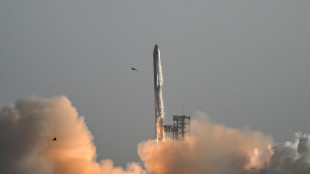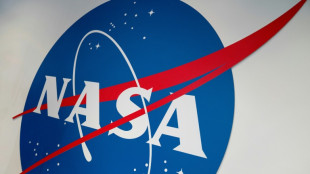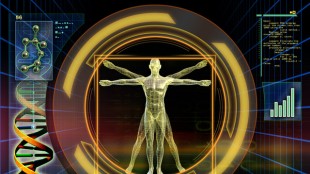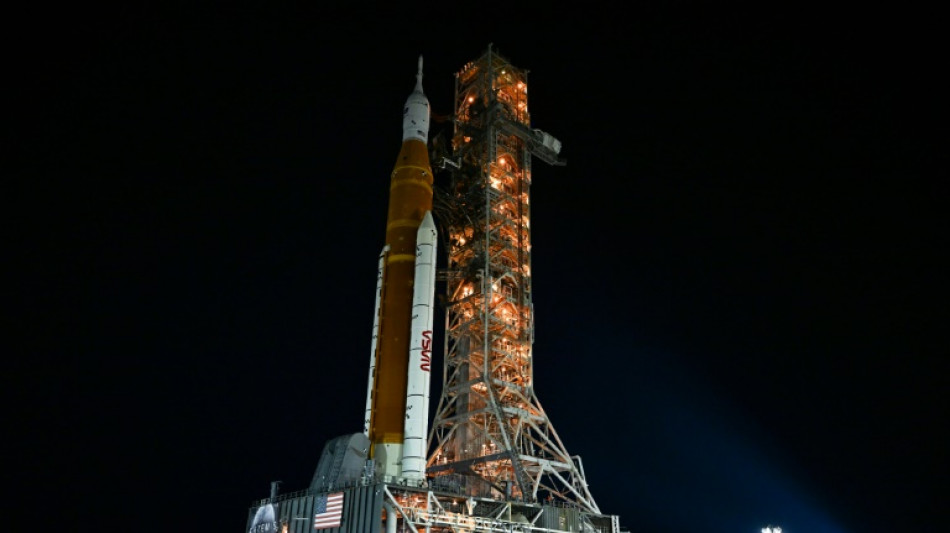
-
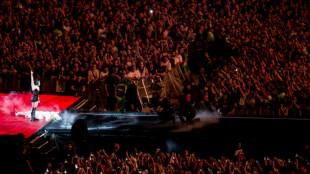 'Two million' throng Lady Gaga concert at Rio's Copacabana
'Two million' throng Lady Gaga concert at Rio's Copacabana
-
India-Pakistan gunfire triggers terror of past conflict

-
 UK hard right sets sights high after local election triumphs
UK hard right sets sights high after local election triumphs
-
Sexual abuse of nuns: one of the Catholic Church's last taboos

-
 West German foothold of far-right AfD shows challenge for Merz
West German foothold of far-right AfD shows challenge for Merz
-
Maldives president holds record 15-hour press conference
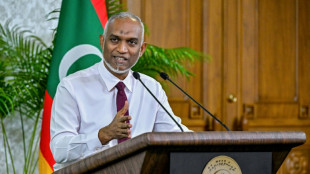
-
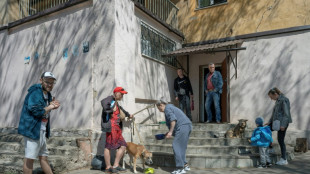 'Accept me': Near Ukraine front, a haven for outcasts
'Accept me': Near Ukraine front, a haven for outcasts
-
Canelo Alvarez unifies super middleweight titles on Saudi Arabia debut

-
 Canelo Alvarez unifes super middleweight titles on Saudi Arabia debut
Canelo Alvarez unifes super middleweight titles on Saudi Arabia debut
-
US Fed expected to pause cuts again and wait for clarity on tariffs

-
 Ex-Liverpool star Firmino 'proud' after more Champions League history
Ex-Liverpool star Firmino 'proud' after more Champions League history
-
Australian PM basks in win, vows 'orderly' government

-
 Qataris hooked on traditional fishing competition
Qataris hooked on traditional fishing competition
-
Mozart chocolate row leaves bitter taste in Austria
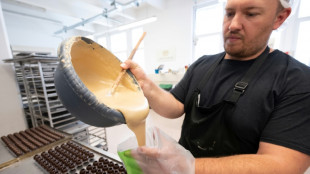
-
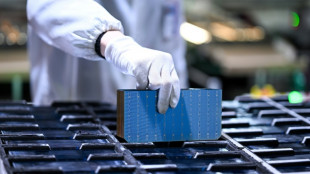 US solar tariffs could drive Asia transition boom
US solar tariffs could drive Asia transition boom
-
Four-try Hurricane Sullivan says revenge fuelled Chiefs upset

-
 Nuggets rout Clippers to advance in NBA playoffs
Nuggets rout Clippers to advance in NBA playoffs
-
Scheffler shines in dark for eight-shot CJ Cup Byron Nelson lead

-
 Romania returns to polls after annulled presidential vote
Romania returns to polls after annulled presidential vote
-
Easy vote turns Musk's dreams for Starbase city in Texas into reality

-
 Messi and Miami bounce back with 4-1 crushing of Red Bulls
Messi and Miami bounce back with 4-1 crushing of Red Bulls
-
US researchers seek to legitimize AI mental health care

-
 Ryu clings to two-shot lead at LPGA Black Desert Championship
Ryu clings to two-shot lead at LPGA Black Desert Championship
-
Ledecky, Walsh cap Pro Swim meet with world records

-
 Sovereignty rules in 151st Kentucky Derby
Sovereignty rules in 151st Kentucky Derby
-
McLaughlin-Levrone sets world's fastest of year in 400m hurdles

-
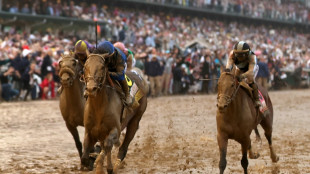 Sovereignty wins 151st Kentucky Derby
Sovereignty wins 151st Kentucky Derby
-
US swim star Ledecky smashes her longstanding 800m freestyle world record

-
 Antonelli's teenage pace impresses Verstappen
Antonelli's teenage pace impresses Verstappen
-
From stronghold guarded by backers, Bolivia ex-leader plots return

-
 Barca stay on Liga title track with Valladolid comeback
Barca stay on Liga title track with Valladolid comeback
-
Israel calls up tens of thousands of reservists for Gaza offensive

-
 Verstappen takes pole position for Miami Grand Prix
Verstappen takes pole position for Miami Grand Prix
-
Williams beats Trump to set up World Snooker final with Zhao

-
 Warren Buffett to retire from Berkshire Hathaway by year's end
Warren Buffett to retire from Berkshire Hathaway by year's end
-
Barca battle back at Valladolid to preserve Liga title charge

-
 'Like a dream' says dominant Sabalenka after third Madrid title
'Like a dream' says dominant Sabalenka after third Madrid title
-
Napoli move step closer to Serie A crown after win at fiery Lecce

-
 Williams beats Trump to set up World Snooker final with Zhao Xintong
Williams beats Trump to set up World Snooker final with Zhao Xintong
-
Eurovision limbers up with over-60s disco

-
 'Surreal' Freeman hat-trick stuns Leinster to take Northampton into Champions Cup final
'Surreal' Freeman hat-trick stuns Leinster to take Northampton into Champions Cup final
-
Huge crowds head to Copacabana for free Lady Gaga concert
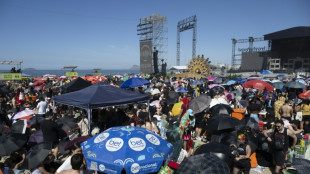
-
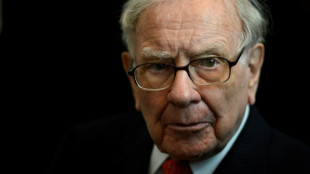 Warren Buffett: billionaire investor with simple tastes
Warren Buffett: billionaire investor with simple tastes
-
Serbian president out of hospital after cutting short US trip

-
 Arsenal rocked by Bournemouth, Villa boost top five bid
Arsenal rocked by Bournemouth, Villa boost top five bid
-
Freeman hat-trick stuns Leinster to take Northampton into Champions Cup final

-
 Warren Buffett says will retire from Berkshire Hathaway by year's end
Warren Buffett says will retire from Berkshire Hathaway by year's end
-
Al Ahli beat Kawasaki Frontale to win Asian Champions League

-
 Shepherd, Dayal edge Bengaluru past Chennai in IPL thriller
Shepherd, Dayal edge Bengaluru past Chennai in IPL thriller
-
Sabalenka beats Gauff to win third Madrid Open crown


An overview of NASA's Artemis 1 mission to the Moon
NASA's Artemis 1 mission, scheduled to take off on Monday, is a 42-day voyage beyond the far side of the Moon and back.
The meticulously choreographed uncrewed flight should yield spectacular images as well as valuable scientific data.
- Blastoff -
The giant Space Launch System rocket will make its maiden flight from Launch Complex 39B at Kennedy Space Center in Florida.
Its four RS-25 engines, with two white boosters on either side, will produce 8.8 million pounds (39 meganewtons) of thrust -- 15 percent more than the Apollo program's Saturn V rocket.
After two minutes, the thrusters will fall back into the Atlantic Ocean.
After eight minutes, the core stage, orange in color, will fall away in turn, leaving the Orion crew capsule attached to the interim cryogenic propulsion stage.
This stage will circle the Earth once, put Orion on course for the Moon, and drop away around 90 minutes after takeoff.
- Trajectory -
All that remains is Orion, which will fly astronauts in the future and is powered by a service module built by the European Space Agency.
It will take several days to reach the Moon, flying around 60 miles (100 kilometers) at closest approach.
"It's going to be spectacular. We'll be holding our breath," said mission flight director Rick LaBrode.
The capsule will fire its engines to get to a distant retrograde orbit (DRO) 40,000 miles beyond the Moon, a distance record for a spacecraft rated to carry humans.
"Distant" relates to high altitude, while "retrograde" refers to the fact Orion will go around the Moon the opposite direction to the Moon's orbit around the Earth.
DRO is a stable orbit because objects are balanced between the gravitational pulls of two large masses.
After passing by the Moon to take advantage of its gravitational assistance, Orion will begin the return journey.
- Journey home -
The mission's primary objective is to test the capsule's heat shield, the largest ever built, 16 feet (five meters) in diameter.
On its return to the Earth's atmosphere, it will have to withstand a speed of 25,000 miles per hour and a temperature of 5,000 degrees Fahrenheit (2,760 degrees Celsius).
Slowed by a series of parachutes until it is traveling at less than 20 miles per hour, Orion will splashdown off the coast of San Diego in the Pacific.
Divers will attach cables to tow it in a few hours to a US Navy ship.
- The crew -
The capsule will carry a mannequin called "Moonikin Campos," named after a legendary NASA engineer who saved Apollo 13, in the commander's seat, wearing the agency's brand new uniform.
Campos will be equipped with sensors to record acceleration and vibrations, and will also be accompanied by two other dummies: Helga and Zohar, who are made of materials designed to mimic bones and organs.
One will wear a radiation vest while the other won't, to test the impacts of the radiation in deep space.
- What will we see? -
Several on-board cameras will make it possible to follow the entire journey from multiple angles, including from the point of view of a passenger in the capsule.
Cameras at the end of the solar panels will take selfies of the craft with the Moon and Earth in the background.
- CubeSats -
Life will imitate art with a technology demonstration called Callisto, inspired by the Starship Enterprise's talking computer.
It is an improved version of Amazon's Alexa voice assistant, which will be requested from the control center to adjust the light in the capsule, or to read flight data.
The idea is to make life easier for astronauts in the future.
In addition, a payload of 10 CubeSats, shoebox-sized microsatellites, will be deployed by the rocket's upper stage.
They have numerous goals: studying an asteroid, examining the effect of radiation on living organisms, searching for water on the Moon.
These projects, carried out independently by international companies or researchers, take advantage of the rare opportunity of a launch into deep space.
J.Oliveira--AMWN
